Tennis elbow
Tennis elbow
Tennis elbow, also known as lateral epicondylitis, is a common condition that causes pain and discomfort the outside of the elbow (lateral epicondyle). Despite its name, tennis elbow can affect anyone and occurs due to repetitive motion and overuse of the forearm muscles. This can lead to inflammation and micro-tears in the tendons that attach to the lateral epicondyle of the humerus bone. While tennis elbow can be painful and limits activity, proper management strategies can help alleviate symptoms and promote healing. In this article, we will discuss various approaches to tennis elbow management.
Rest and activity modification
One of the first steps in managing tennis elbow is to rest the affected arm and avoid activities that may cause aggravation. This includes avoiding repetitive motions that strain the forearm muscles, such as gripping, lifting, or twisting objects. When lifting heavy items, it is advised to turn the palm facing upwards and use the larger, stronger biceps muscles. Taking a break from activities that worsen the pain allows the injured tendons to heal and reduces further irritation.
Hand therapy and exercise
Hand therapy plays a significant role in the management of tennis elbow. We can guide you through exercises and stretches that help strengthen the muscles around the elbow and forearm. These exercises often focus on eccentric strengthening, which involves controlled lengthening of the muscles during contraction. Eccentric exercises have been shown to promote tendon healing and improve overall function.
Additionally, we may use techniques such as heat, massage, or acupuncture to reduce pain and inflammation. We will also provide guidance and education on proper ergonomics and body mechanics to prevent re-injury.
Splinting
Wearing a wrist brace or forearm strap can provide support and relieve stress on the injured tendons. These braces are designed to apply pressure to the muscles and tendons, reducing strain and promoting healing. They can be particularly helpful during activities that may exacerbate the pain, such as sports or repetitive work tasks.
Medication and Injections
Non-steroidal anti-inflammatory drugs (NSAIDs), such as ibuprofen, can help alleviate pain and reduce inflammation in tennis elbow. These medications are often recommended for short-term use and should be taken under medical supervision.
In some cases, when conservative measures do not provide sufficient relief, you may be referred for corticosteroid or PRP injections.
Surgical management
In rare cases when other treatments fail to alleviate symptoms, surgery may be considered. The surgical procedure for tennis elbow typically involves removing damaged tendon tissue and repairing the remaining tendon. Surgery is usually considered a last resort and is reserved for severe cases or when conservative measures have been exhausted.
In conclusion, effective management of tennis elbow involves a comprehensive approach that includes rest, modification of activities, hand therapy, splinting, medication, and, in some cases, surgery. It's important to consult with a Hand Therapist for an accurate diagnosis and to develop an individualised treatment plan. With proper management and patience, most individuals with tennis elbow can recover and return to their normal activities without significant pain or limitations.
